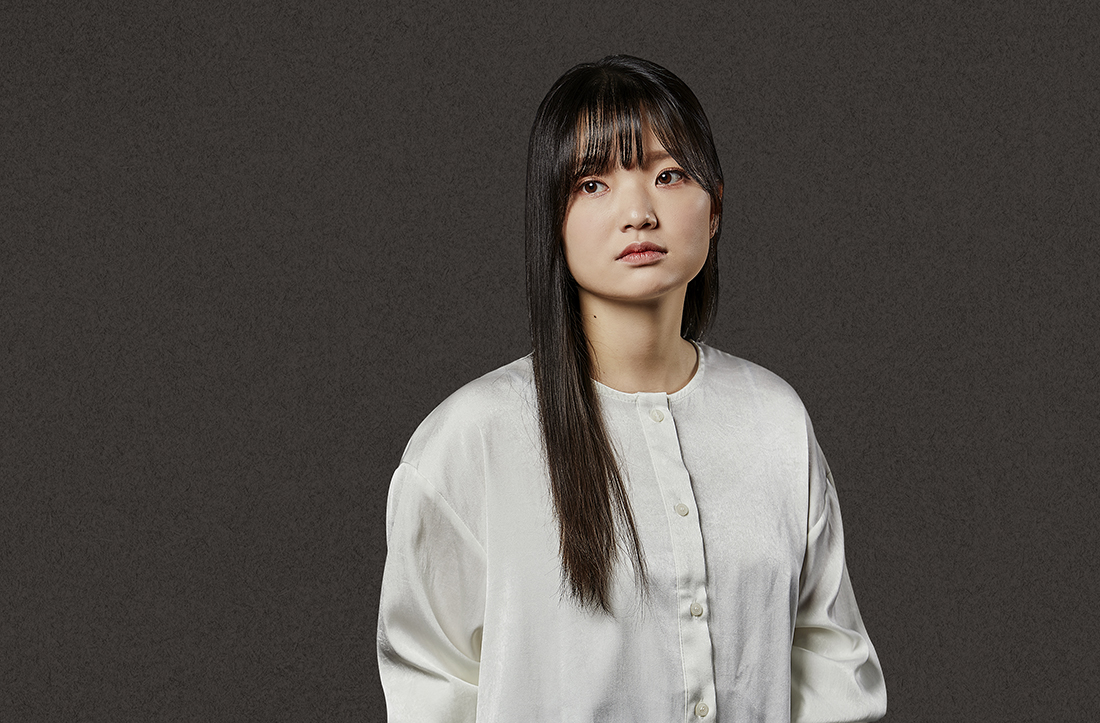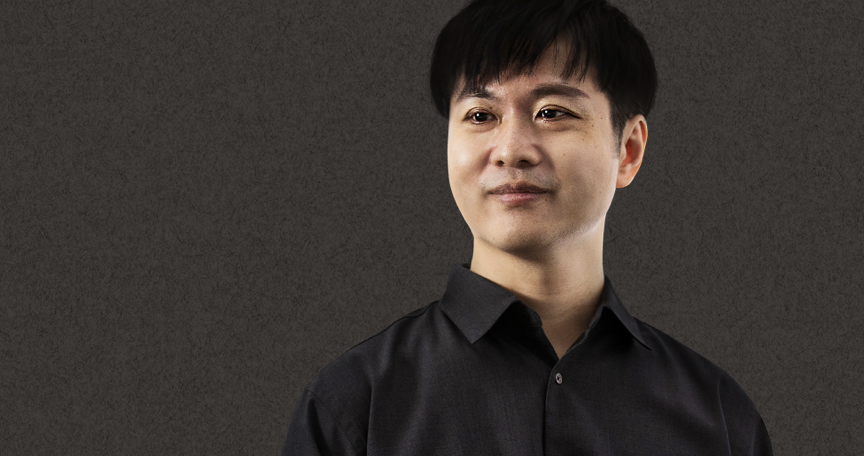Rigging is the process of planting “skeletons” into characters of a video game. To bring these characters’ movement to life, we work in the sequence of modeling, rigging, and animating. Once a character model is created, it is the rigger’s job to “make it move,” with the animator animating the movement itself.
During the rigging process, the rigger sets “bones,” or frames, within the joints of the model and aligns the axes with the direction it moves toward. Then it is on to “skinning,” which is the process of configuring which bone will be affected and to what extent. After that, the animation data can be uploaded.
Character models with incorrect rigging will start moving in a rather strange way, and nothing would be more immersion breaking when playing a game than a character moving awkwardly. That is why it is the rigger’s job to properly set up the frames of a character model to ensure that it moves naturally within the game.
 Facebook
Facebook  Twitter
Twitter  Reddit
Reddit  LinkedIn
LinkedIn  Email
Email  Copy URL
Copy URL 






